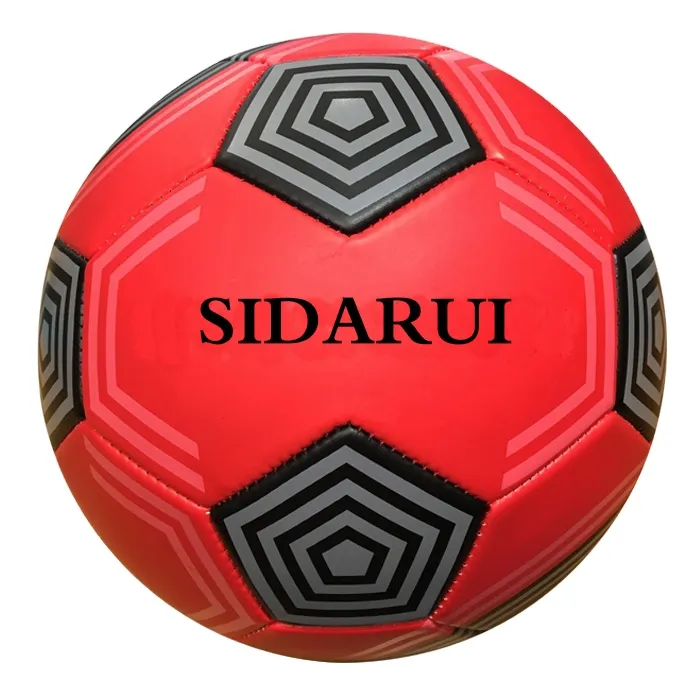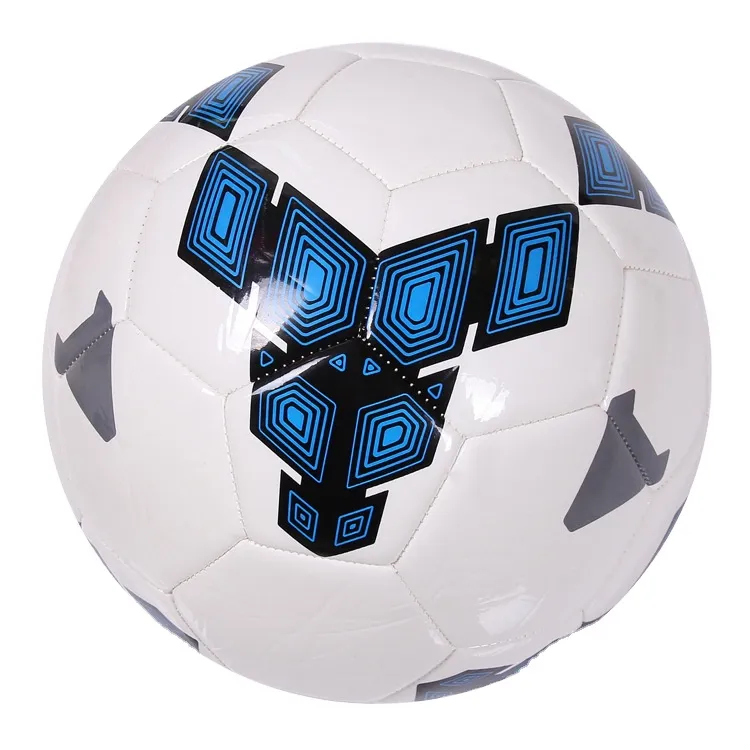Finding the perfect football can significantly enhance a player's game, especially when focusing on the specifics of a size 5 ball. Size 5 footballs are the standard in international football for players aged 12 and above, including professionals. Thus, understanding their sale patterns, features, and key considerations is crucial for enthusiasts and professionals alike.

Size 5 footballs typically have a circumference of 27 to 28 inches and weigh between 14 to 16 ounces. These dimensions are carefully regulated by the sport's governing bodies to ensure uniformity in play across all levels—from local leagues to international championships. Therefore, choosing the right size 5 football involves more than just picking one off the shelf; it's about recognizing the subtle differences that can significantly impact performance.
Material is a critical factor to consider. Most size 5 footballs are made from synthetic leather due to its durability and weather resistance. Unlike traditional leather, synthetic options provide consistent performance regardless of weather conditions. This consistency is vital for players in various climatic zones, ensuring the ball maintains its integrity and playability in rain, sun, or snow.

Another component to consider is the construction technique.
Modern size 5 footballs are often either hand-stitched or machine-stitched. Hand-stitched balls tend to offer a softer touch and higher quality finish, which can be advantageous for players focusing on dribbling and control. Machine-stitched balls are generally more affordable and can be ideal for training and recreational use due to their robustness and cost-effectiveness.
Brands play a significant role in the football market. Adidas, Nike, and Puma dominate the field with their advanced technologies and sponsorships of major football events. For instance, the Adidas Telstar was the official match ball of the 2018 FIFA World Cup, renowned for its seamless design and innovative 3D texture that enhances grip and aerodynamic precision. Often, purchasing a ball from a reputable brand can assure quality and durability, factors essential for serious footballers.
Equally important is the inner bladder, usually made from latex or butyl. Latex bladders offer better bounce and overall performance, making them preferable for match play. However, they tend to lose air quicker compared to butyl bladders, which retain air longer and are often recommended for training purposes.
football sale size 5
A critical aspect of purchasing a size 5 football is considering its intended use—be it for competitive matches, casual play, or training. Competitive match balls adhere strictly to quality standards set by FIFA, offering superior performance attributes such as optimized flight patterns and precise touch sensitivity. Training balls, while incorporating certain match ball characteristics, are built to withstand the rigors of daily use, emphasizing durability over performance precision.
Additionally, the ball's design is worth noting, often reflecting personal tastes or team allegiance. While aesthetics do not impact functionality, a ball's visual appeal can enhance a player's psychological engagement and motivation. Furthermore, certain designs can assist in better visibility on the field, aiding quick visual tracking during play.
Understanding the economics around size 5 footballs can also prove beneficial. Pricing can vary widely based on materials, brand reputation, and innovative features. Identifying sales, discounts, and bundle offers from recognized sporting goods retailers can lead to substantial savings, particularly when purchasing in bulk for club use or training academies.
Lastly, staying informed through credible customer reviews and ratings is indispensable. Genuine feedback from other football enthusiasts provides insights into a ball's performance, durability, and overall value. This peer-driven assessment ensures you invest wisely, aligning your purchase with your playing style and personal preferences.
In conclusion, choosing the right size 5 football involves a balanced consideration of materials, construction, brand reputation, and intended use, all while keeping an eye on the market dynamics. By focusing on these aspects, players can enhance their performance on the field and ensure the longevity of their football investment.













